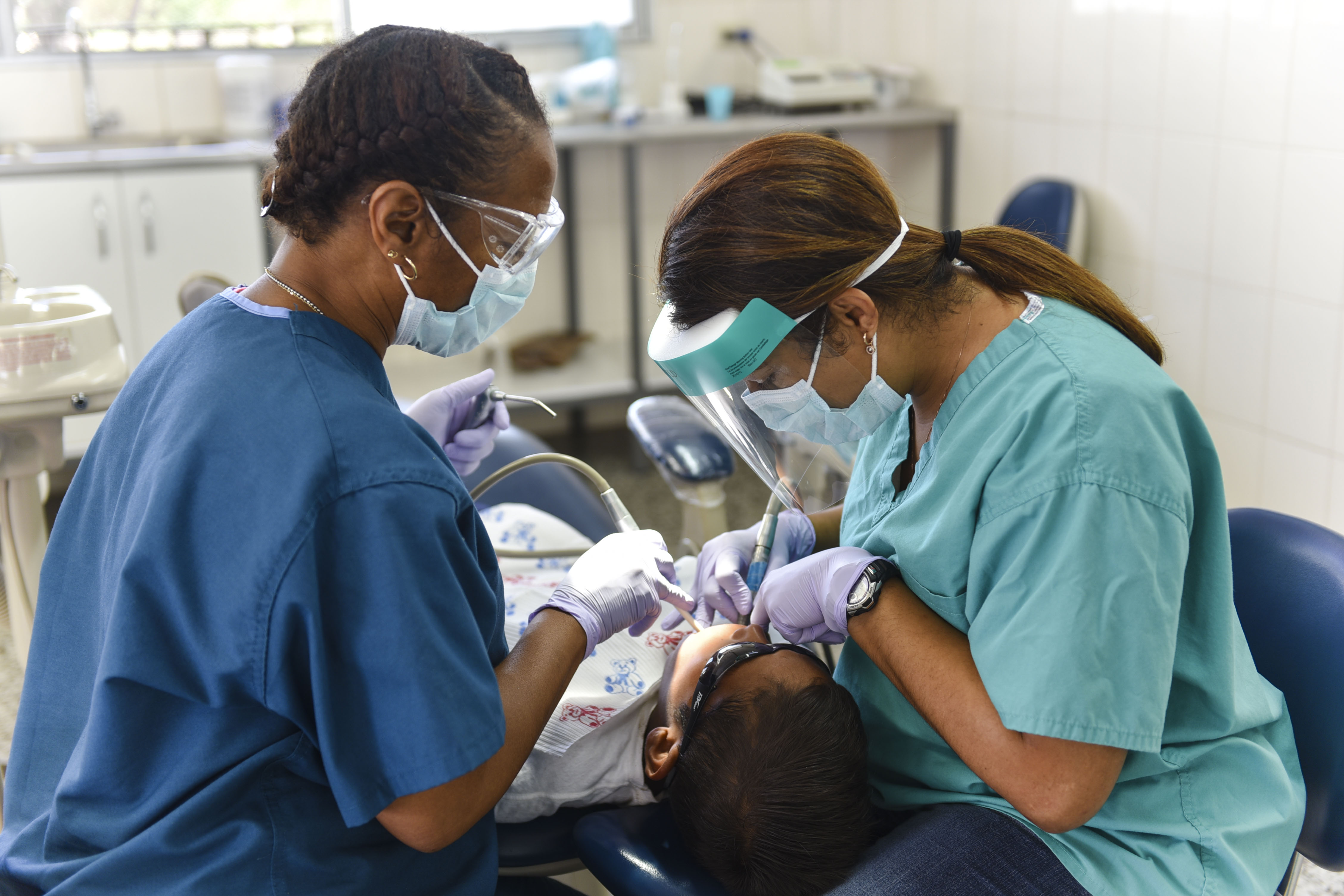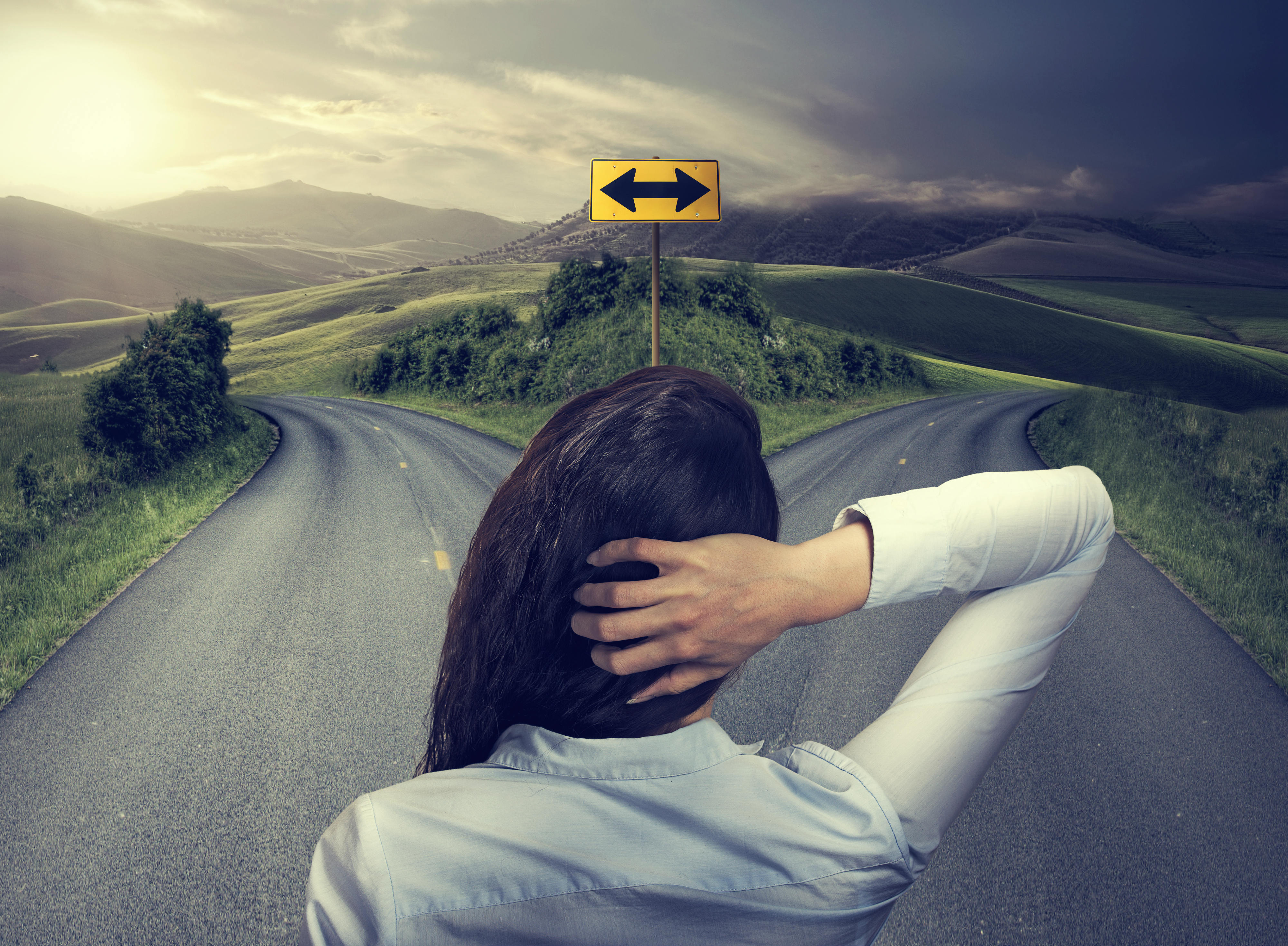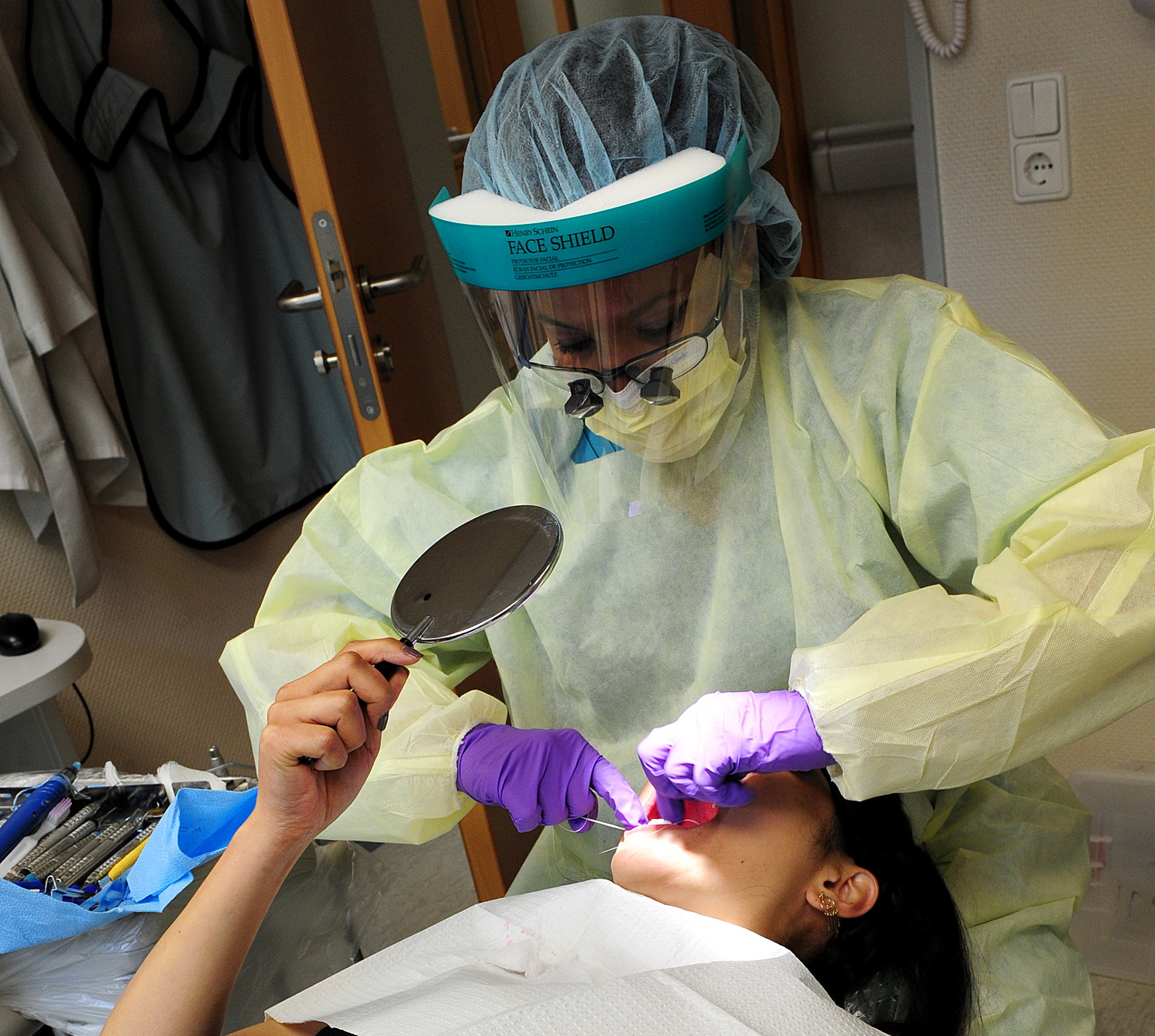“Are dentists open now?”
“Is it safe to go to the dentist?”
“Can I catch COVID if I go to the dentist?”
A lot of people are asking these questions nowadays. Thinking about having dental work done can cause anxiety all by itself. COVID-19 should not be another worry on top of that.
Here at the Dental Health Society, we believe that having good information empowers patients when it comes to their dental health. With good information, everyone can make their own health decisions—and make them based on facts, not fear.
Hearing Different Things About Dental Safety?
We’ve found that different news sources have said different things when it comes to the coronavirus and going to the dentist. The CDC, too, has changed its opinion over time. This is not a bad thing, as experts will change their opinions when new information comes to light.
However, it does make it difficult to know what is fact, and what is fiction. In this article, we are presenting only information that has been confirmed by multiple sources, as well as some of our own doctors. This does not guarantee that the information will not change with new evidence. But it does represent what the best science tells us.
Summary findings:
- There have been no recorded cases of COVID-19 being transferred in a dental care setting.
- With suitable protections in place, the risk of infection at the dentist’s office is very, very low. (Most of the risk of infection is to the dentist or hygienist, not the patient.)
- Dentists have been preparing to re-open for months. They would not do so if they could not keep patients safe.
- The risks presented by untreated dental conditions might easily outweigh the risk of infection in most cases.

Risk of COVID-19 Transmission in a Dentist’s Office
The risk to you, the patient, of contracting COVID-19 at the dentist’s office is very, very low.
From what the science tells us, COVID-19 is transferred by droplets that fill the air when we sneeze, cough, speak, or sing. That might make the dentist’s office seem like an ideal place for transmission, with professionals working on people’s open mouths! But most of the risk is to the dentist or hygienist, not the patient.
Even so, most dentists are erring on the side of caution and taking steps to prevent transmission at their offices:
- They will have you wait in your car instead of the waiting room.
- They limit the number of people who can be in the building.
- They are using more protective equipment, including face shields and surgical gloves.
- They are cleaning and disinfecting more often.
All of these steps have been shown to slow or stop the spread of the virus. To date, there have been no reported cases of COVID-19 transmission due to a visit to the dentist’s office.
In other words, the precautions a dentist takes are just that: Precautions. They are steps that dentists are taking because there is a chance, in theory, that the virus could spread if surfaces are not cleaned and people do not social distance. These precautions take into account the best science to bring the chances of transmission close to zero.
Dentist’s Role in Battling COVID-19
Keep in mind that dentists are health professionals. Like doctors and nurses, they take an oath to ensure the health and safety of their patients first and foremost.
Most dentists have been making plans for re-opening since the first lockdowns in March. This means that dental offices have had months to plan and strategize, figuring out ways to make their offices as safe as possible.
Dentists have also been collaborating with each other and following the advice of organizations like the American Dental Association and the Dental Health Society. This means that even your local dentist has up-to-date information on the virus and best practices for preventing its spread.
If a dentist wasn’t sure that his or her office could be opened up safely, they wouldn’t open. It’s as simple as that.
What About the WHO Announcement?
The World Health Organization (WHO) recently put out guidelines advising the “prioritization of urgent cases” and “delaying of nonessential dental care.” This was brought to national attention in a segment on Good Morning America.
Unfortunately, the media has misinterpreted the WHO’s message, making it seem much stronger than it really is.
You can find the WHO guidelines here. Important to note:
- The guidelines are recommendations for dentists reopening, and not necessarily meant for the general public. They recognize that most of the risk is to the dentist or hygienist, not to patients.
- Given that, the guidelines are more about dental office procedures than a recommendation to folks to not to go to the dentist. There are literally two sentences about delaying procedures, followed by three pages of advice for dentists to provide the safest dental care settings.
- The guidelines recommend delaying non-essential services only. Emergency should still be handled. And yes, pain or bleeding do count as emergencies. (For a list of what counts as an emergency, see our list here.)
- Delays are to be based on cases in the community. The guidelines recommend that such procedures “be delayed until there has been sufficient reduction in COVID-19 transmission rates from community transmission to cluster cases or according to official recommendations at national, sub-national or local level.” In short, delays are recommended only until recommendations based on local conditions change.
In addition to our looser interpretation of the WHO guidelines here at the Dental Health Society, the American Dental Association (ADA) has also put out a strongly worded counter-statement.
How to Make the Decision to See a Dentist: Weighing the Risks

Like most decisions in life, there are risks and trade-offs. Driving is a great example: There is always a risk of a crash whenever you are in a car. But crashes and injuries are rare, especially if you take the proper safety precautions. When the risk is low enough, it is outweighed by the benefits of driving (ability to get to work or school, personal freedom, etc.).
If you are still on the fence when it comes to seeing a dentist, it might help to think of the risks and trade-offs in two different scenarios:
- If you did see the dentist (and so had to risk going into the dentist’s office)
- If you did not see the dentist and left your mouth untreated
Let’s take scenario (1) first. As we discovered above, the risk of coming into contact with the virus at a dentist’s office is very, very low. Lower, in fact, than going to the store or visiting family. By taking the right precautions, you can see your dentist for treatment.
In scenario (2), the risk of coming into contact with the virus is about the same. But the risk of complications from untreated dental problems is far greater. Tooth decay, infections, fractured teeth, or bleeding can all become worse if not treated by a professional. Problems that start off small can grow and need more radical treatment, such as removal of teeth, or even surgery.
In short, the risk of exposure at a dental office is low compared to most activities, while the risk of complications from neglecting dental health is much higher.
Feeling Safe While at the Dentist’s Office
Even if your head knows it is safe to go to the dentist, your gut might still feel fear or anxiety. This is quite common and normal. However, you should not let that fear prevent you from getting needed treatment.
Here are a few tips from both doctors and patients for battling that anxiety during the pandemic:
- Be informed. Knowing more going in can help that feeling of not being in control.
- Talk to others. Talk to friends and family who have successfully been to the dentist. Or, simply find a friend who is willing to listen to your concerns. Sometimes, talking through your fears is the best way to get a handle on them.
- Follow the new procedures. Use hand sanitizer, wear a face mask, and social distance when you can. By following those scientifically backed procedures, you reduce everyone’s risk of contact.
- Know your triggers. For most people, there are specific “triggers” that cause fear. For some, it is the sound of drilling. For others, it is the sight of blood. For others still, it might be the feeling of vibration in the mouth. Know your triggers and practice using some relaxation techniques when those happen.
- Find what distracts and relaxes you. Some people close their eyes and visualize a happy scene. Others bring an iPod or phone with a music player to listen to music. Find something that will “distract and relax” at key moments.
Finding a New Dentist
Many dental offices have had to close during the pandemic, and some might not re-open. If you find that your regular dentist has not re-opened yet, try using our dental office finder. All the dentists in our finder are adhering to best practices for health and safety during the COVID-19 pandemic.


